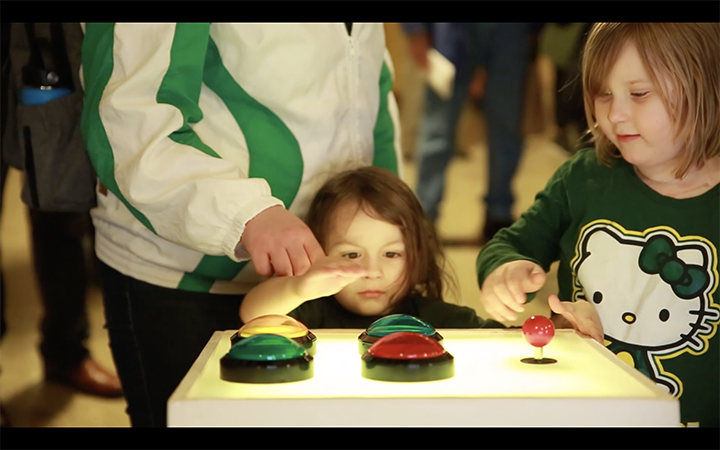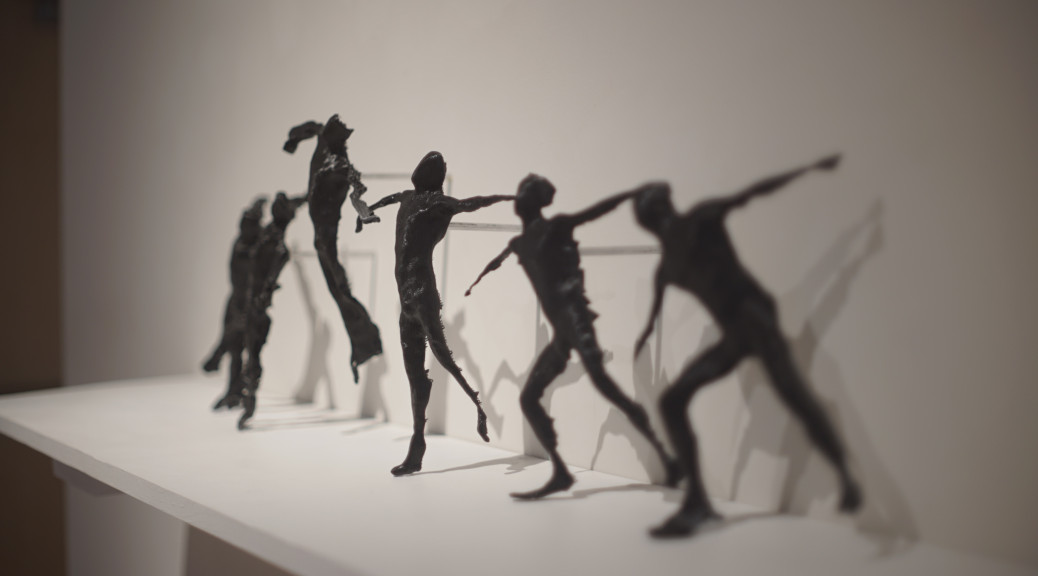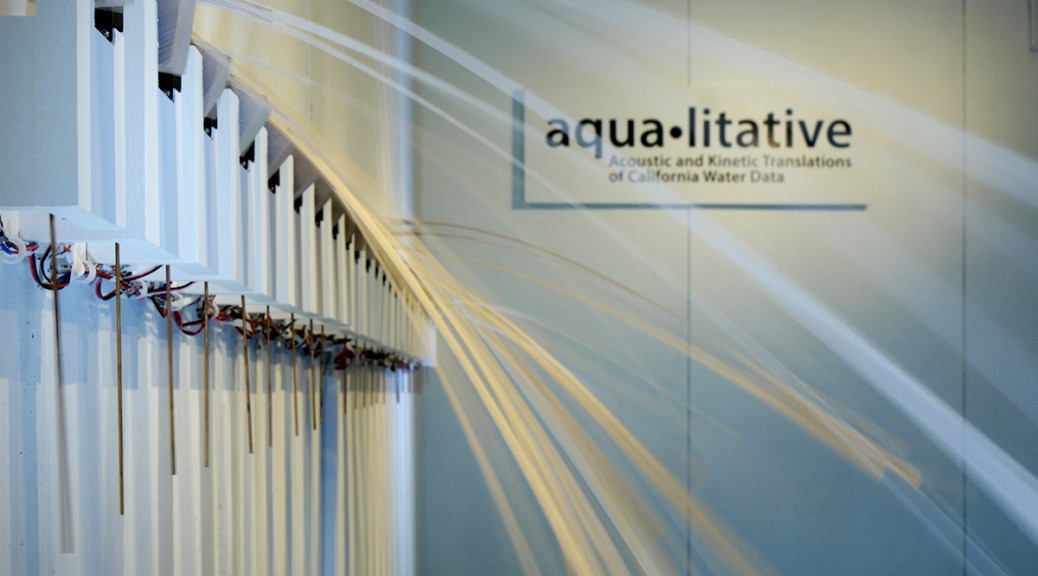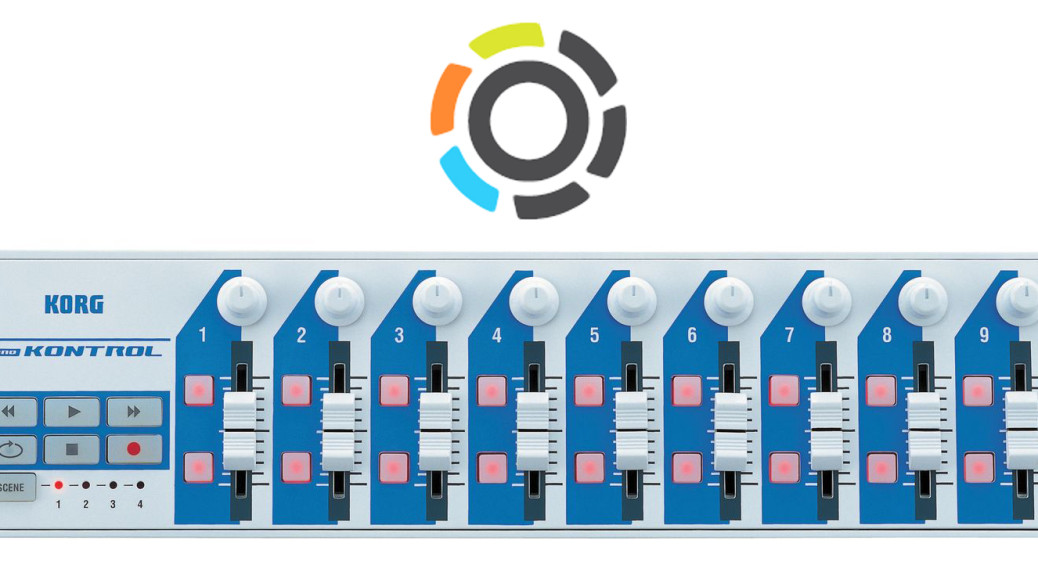Awash depicts the life, color, and environment of the High Desert. The kinetic sound sculpture emanates audio from the region, while flowing as a singular mechanical wave overhead. Awash, like the High Desert, is shaped by many forces interacting in complex ways; the work is ecological – physical movement interacts with sonic vibrations. Sounds interact with the physical environment. Visual elements intermingle with acoustic elements.
The High Desert Museum commissioned Harmonic Laboratory for the work as part of its Desert Reflections 2019 exhibit. The exhibit went on to win the 2019 Charles Redd Center for Western Studies Award for Exhibition Excellence. Press release for the award.
Jon Bellona, electronics, software, field recording, Skinner church organ recording, sound editing, visual design, engineering
John Park, kinetics, visual design, engineering, schematics
Jeremy Schropp, field recording, visual design, engineering
Kevin Davis, Skinner church organ recording

City Synth transforms the city of Eugene into a musical instrument. By transmitting video feeds from multiple locations to a central location downtown that interprets movement and color into sound, the cityscape becomes a soundscape. The project offers the community a playful way to learn about and interact with the gigabit network in downtown Eugene. The project was a month long installation housed in downtown Eugene, OR. Project partners include South Eugene Robotics Team (SERT) and XS Media. The project was funded by a Mozilla Gigabit Community Fund Grant.
Artists involved in the project:
Jon Bellona, sound design, coding, project lead
John Park, coding and visual design
Jeremy Schropp, interface design and construction
Dimension Chorus is a VST plugin modeled after the Roland Dimension D® chorus. The effect includes a shared LFO (with phase flipped on opposite channel). The dimension knob controls a mix of inverted, high-pass filtered signal, which is sent to its opposite channel further spreading the stereo source.
Download the VST/AU plugin.
Installation:
For Mac OS, go (Cmd-G) to ~/Library/Audio/Plug-ins to see your “Component” folder (for AU plugins) or “VST” folder (for VST plugins). Move the plugin file to the appropriate folder. You may also go to /Libary/Audio/Plug-ins too. Either place can be used to install plugins. Most DAWs will scan and recognize both locations.
If you dig the free software, please follow my music.
Beat Repeater is a VST and AU stereo audio plugin that manipulates the wet, dry, and feedback gains of a simple delay line. When on, the plugin cuts off the input to the delay, cuts the dry output signal, and increases the feedback to 100%; in short, the sound “stutters” or repeats the beat according to a BPM setting selected by the user. An additional automate button lets the plugin randomly select beat divisions for a further glitchy breakdown of the sound. User parameters control left and right channels separately. Beat Repeater was built using the JUCE Framework (C++).
Download the VST/AU Plugin.
If you dig the free software, please follow my music.
Precipitation 3 is one of a series of musical compositions written for 26 clock chimes as part of the sound art installation, Aqua•litative. With my Precipitation series, I treat the electromechanical structure as musical instrument, navigating through sound with the syntactical construction of code. Compositions played by the sculpture evoke precipitation data of California weather stations by cycling through bits of its data. These cycles create emergent sonic patterns in a continuously evolving play between density and rhythm. Movement flows as collapsing waves, additively striking a cybernetic balance between natural order and mechanic motion.
Aqua•litative is a kinetic installation that renders multiple data sets of California’s water history into a physical experience. The work correlates natural factors contributing to California’s water shortages, outlining the serpentine narrative of water through the translation of data into kinetic movement and acoustic sound.
Selector is a live audio-visual performance that uses algorithms to select between various sonic processes. Some of these processes include the selection of audio segments, rapidly skipping like a malfunctioning CD player. Each audio process triggers pulses of projected light. Selector combines the generative selection of audio with the selection of visual code in a tightly synchronized display of sound and light.

Cloche are 3D printed objects instilled with movement data to create combinatorial structures of natural patterns. Motion capture technology was used to extract physical movement from its occurrence in the physical world, recording dynamic qualities like speed, direction, weight, and intensity. Moving back through the virtual filter to the physical world, movement data re-animates a different body– a multiplicitous arc in humans forms. The analog-digital-analog processes filters presence, stripping movement of some information and endowing it with others.
Like movement, sound traverses a similar filtering process. Recordings of 3D object printing, capturing the movement of a form’s creation, are processed digitally and re-amplified in the space. The sounds continue to be filtered by the shape and contour of our physical bodies and the acoustics of the room. The physical-virtual-physical translation process is both known and physical, and at the same time other and immaterial.
Jon Bellona, sound design
Brad Garner, movement design
John Park, movement capture, print, and visual design

Mixer.* is a Max/MSP package for audio mapping projects. The package contains basic audio mixer objects, like channel strips, eqs, limiters, and aux sends. Mixer.* provides GUI, modular design, and pattr binding for smooth integration into your Max/MSP workflow.
To get started with Mixer.*, place the mixer folder inside your Max > packages directory. Then restart Max. Inside a Max window, simply create a new object, start typing “mixer” and let autocomplete help you do the rest. You may also type shift-M to quickly access any mixer. object as a helpful bpatcher.
Download the Mixer.* Max package.
I also made this package a repository on github.
If you dig the free software, please listen and follow my music on Spotify.

Korgnano is a software implementation of the Korg nanoKontrol USB controller. The object connects your hardware nanoKontrol to Max and automatically ports the data to korgnano.inputmenu objects, or specially named receive objects that you can create yourself. (e.g. receive scene1_ch9_btn2)
Download. (version 0.0.1, updated 12/08/2015.)
Read my blogpost on the Korg Nano Max package.




